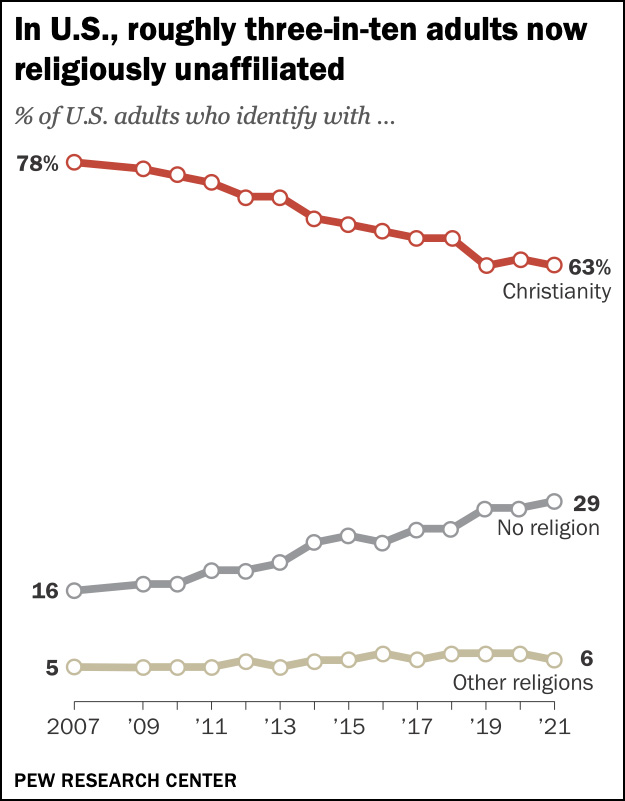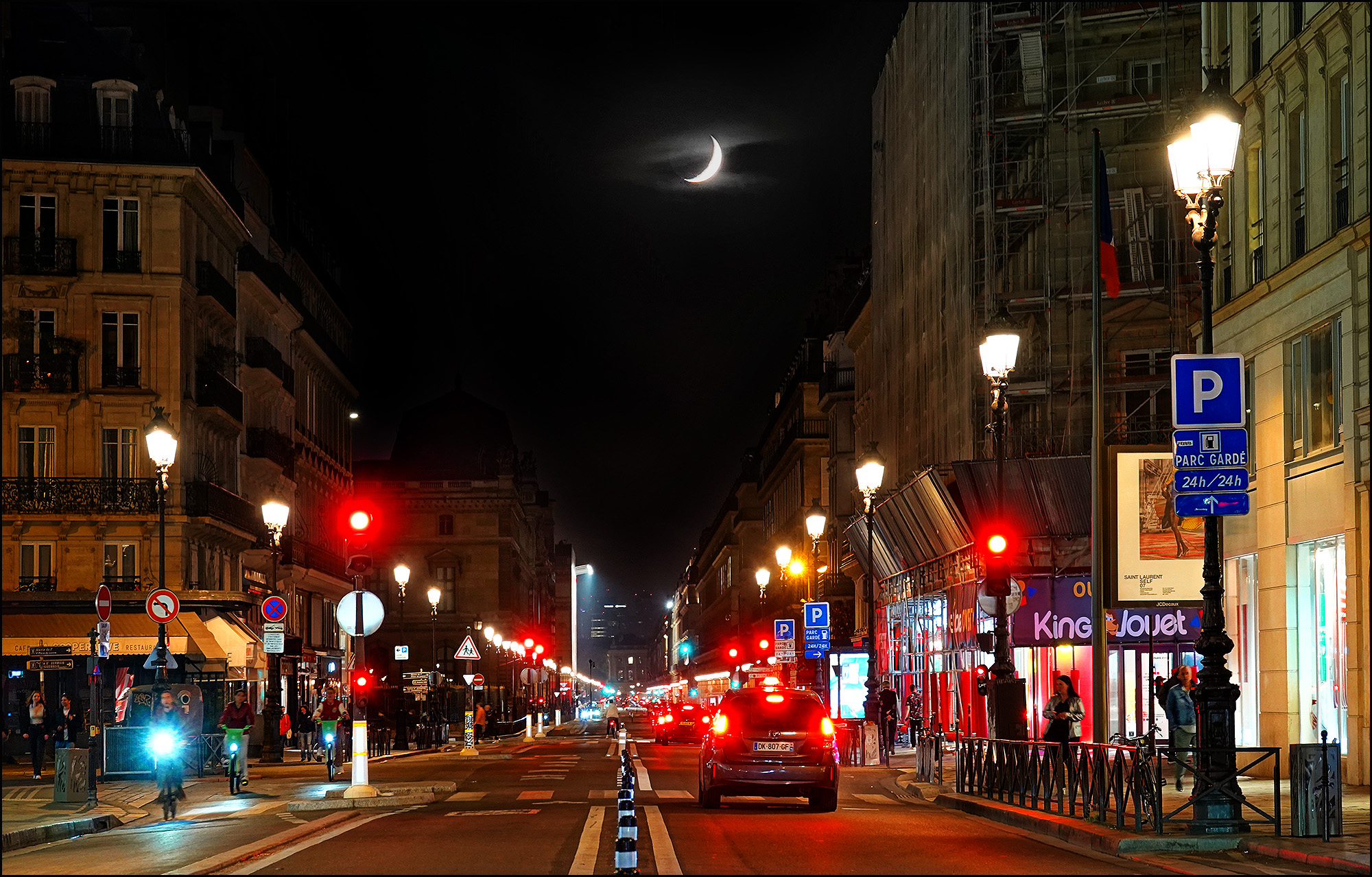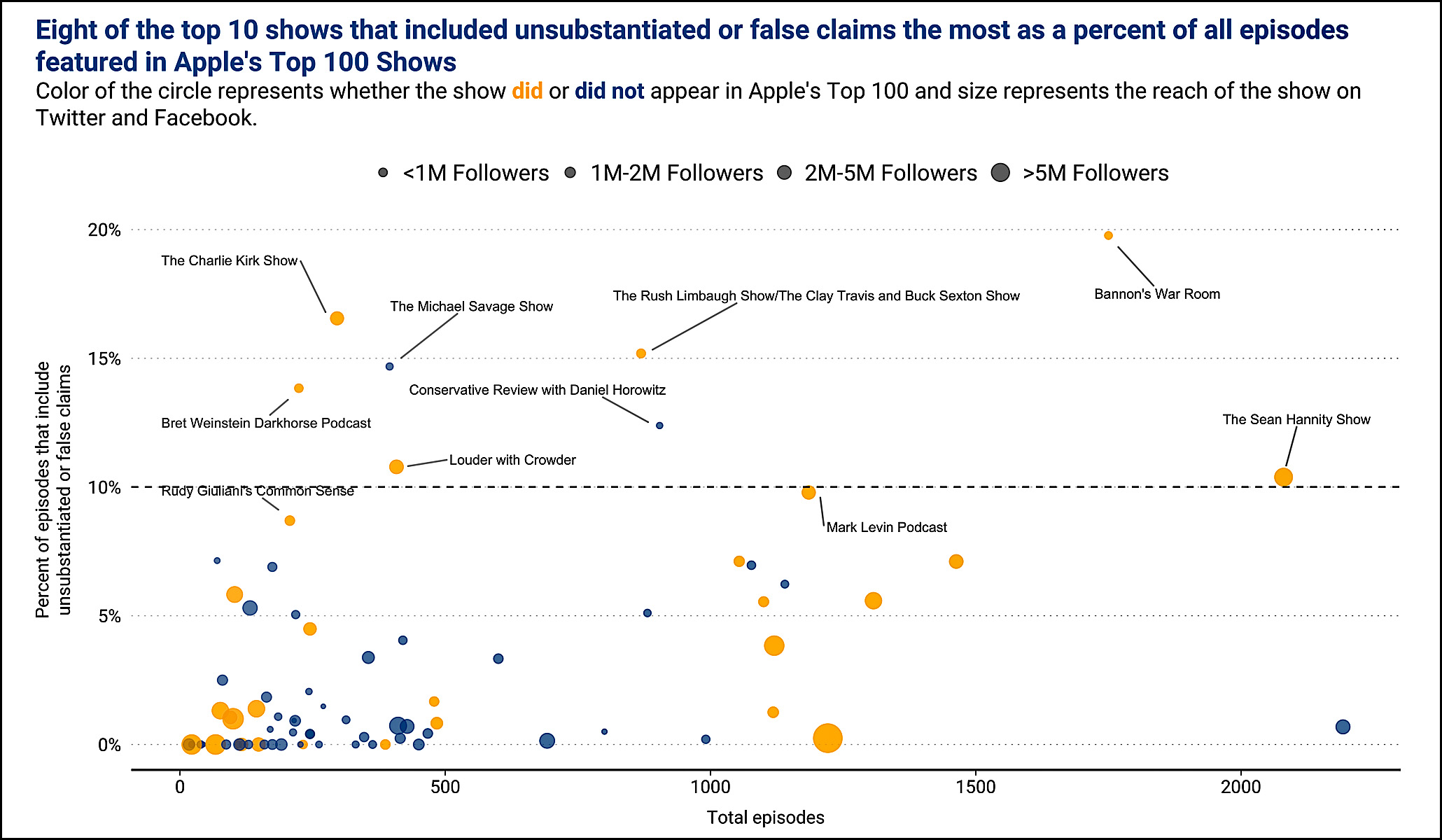Here's an excerpt from last year's Report on International Religious Freedom, published annually by the State Department. The topic is Afghanistan:
According to international sources, Baha’is and Christians continued to live in constant fear of exposure and were reluctant to reveal their religious identities to anyone. Christian groups reported public sentiment, as expressed in social media and elsewhere, remained hostile towards converts and to Christian proselytization. They said individuals who converted to or were studying Christianity reported receiving threats, including death threats, from family members. Christians and Ahmadiyya Muslims reported they continued to worship only privately and in small groups, at home or in nondescript places of worship, to avoid discrimination and persecution.
Christians and other religious minorities were targets of relentless persecution under the Taliban. But there's one religious minority that never even gets mentioned: nonbelievers.
Recognizing this, the State Department began a program in 2021 that funded a couple of small grants¹ to groups that promote religious freedom "inclusive of atheist, humanist, non-practicing and non-affiliated individuals." But National Review reports that even this minuscule recognition that nonbelievers also face problems is too much for the modern Republican Party:
House Foreign Affairs Committee chairman Mike McCaul is reviving a GOP investigation into a 2021 State Department grant to atheist and humanist groups in the Middle East and North Africa, after Foggy Bottom stonewalled existing probes into the matter.
....Representative Jim Banks had previously sent two letters to the State Department requesting further information about the program....In a statement to National Review, Banks thanked McCaul for taking up the investigation “after months of stonewalling from the Biden administration.”
 “The House Republican majority will not tolerate the unconstitutional and harmful funding of atheism abroad,” he continued. “Americans believe in free exercise of religion, not state-supported atheism, and taxpayers shouldn’t be on the hook for this anti-American program.”
“The House Republican majority will not tolerate the unconstitutional and harmful funding of atheism abroad,” he continued. “Americans believe in free exercise of religion, not state-supported atheism, and taxpayers shouldn’t be on the hook for this anti-American program.”
Republicans presumably think it's OK for the State Department to fund an endless array of programs that, in practice, promote every conceivable version of Christianity in existence. But if they include even the tiniest recognition of atheists—well, that's a step too far. I guess we nonbelievers will just have to remain happy at being the fastest growing religious following in America.
¹Specifically, "1-2 grants" of $500,000 each.
 Using the previous seasonal adjustments, core CPI in December was at 3.4% on a trendline basis and had been heading downward since last January. Using the new adjustments, core CPI is currently at 4.1% and has been heading downward since last January.
Using the previous seasonal adjustments, core CPI in December was at 3.4% on a trendline basis and had been heading downward since last January. Using the new adjustments, core CPI is currently at 4.1% and has been heading downward since last January.








